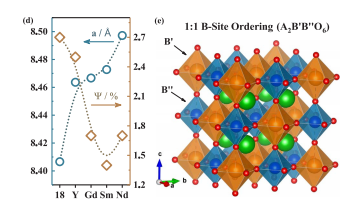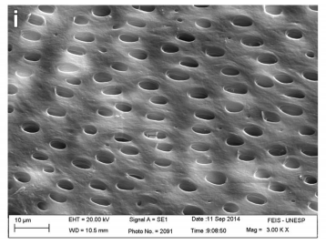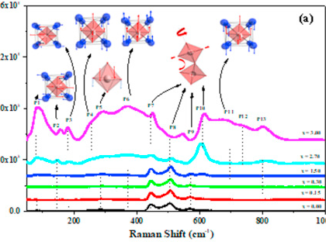
Blocking effect in promising proton conductors based on Ba(3)Ca(1.18)Nb1.82-xRxO(9-delta) (R = Y3+, Gd3+, Sm3+, Nd3+) ordered perovskites for PC-SOFCs
Abstract: High proton conductivity and good chemical stability are keys to development of new electrolytes for PC-SOFCs as the next-future energy generation systems. However, the extensive use of new polycrystalline materials as solid electrolytes is still avoided, since the grain boundary response usually leads to a decrease in total conductivity due to electrical blocking effect. Here, we present our results on the space-charge modeling of impedance spectroscopy data obtained for Ba3Ca1.18Nb1.82-xRxO9-delta proton conducting ceramics, where x = 0, 0.30 and R = Y3+, Gd3+, Sm3+, Nd3+ are doping agents. Non-stoichiometric barium calcium niobate perovskites have received much attention as potential solid electrolytes for proton conducting solid oxide fuel cells. We show that despite their increased grain conductivity, the doped ceramics possess Schottky barriers that are higher than those observed for undoped Ba3Ca1.18Nb1.82O9-delta. In view of the space-charge model, proton depletion at the space-charge layer is the reason for the reduction of grain boundary conductivity in the doped compositions. Our findings are important for the understanding of proton conduction mechanisms in polycrystalline materials, which may allow future optimization of new doped electrolytes based on barium calcium niobate perovskites.
Author(s): Francisco, LH; Rodrigues, JE; Correr, WR; Hernandes, AC
CERAMICS INTERNATIONAL
Volume: 44 Pages: 10806-10812 Published: JUN 15 2018
DOI: 10.1016/j.ceramint.2018.03.121




